Pollen for pollination is a high-quality, natural product designed to support the pollination process in a variety of crops, particularly fruits like peaches, almonds, and apples. Harvested from premium sources, this pollen is rich in essential nutrients, including proteins, carbohydrates, and lipids, making it an ideal food source for pollinators such as bees, butterflies, and other insects. Its use helps ensure effective cross-pollination, boosting fruit set and increasing crop yield. Whether collected from specific plant varieties or formulated for broad use, pollen for pollination is carefully processed and stored to maintain its viability and nutritional value. Growers can use this pollen in orchards where natural pollination may be insufficient or during off-peak pollination periods. By supplementing natural pollen sources, it enhances the overall health of pollinator populations, improving their efficiency in transferring pollen between plants. Easy to apply, pollen for pollination is available in various forms, including dry, liquid, or granular, making it versatile for different application methods, such as manual or mechanical pollination. With its ability to boost pollinator activity and improve fruit yield, this product is an essential tool for modern agriculture, ensuring a bountiful harvest while supporting sustainable and eco-friendly farming practices.
-
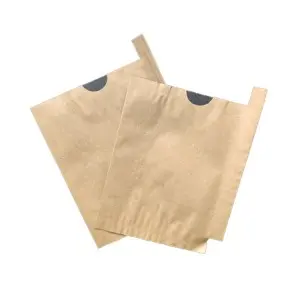
ਫਰੂਟ ਬੈਗਿੰਗ, ਕੀੜੇ ਦਾ ਸਬੂਤ, ਵਾਟਰਪ੍ਰੂਫ, ਅਤੇ ਬਰਡ ਪਰੂਫ
-
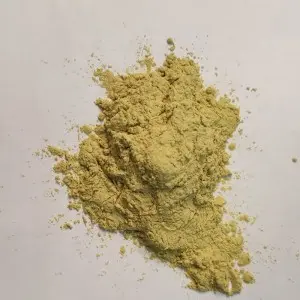
ਉੱਚ ਗੁਣਵੱਤਾ ਵਾਲੀ ਖੜਮਾਨੀ ਪਰਾਗਿਤ ਪਰਾਗ
-
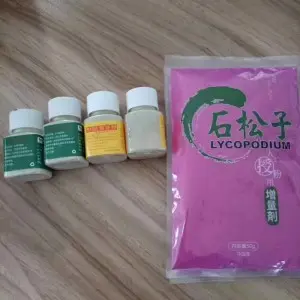
Manufacturer's Direct Supply Of Lightweight Stone Pine Nuts
-
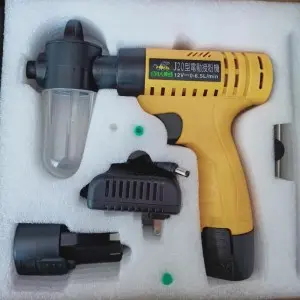
ਬਾਗ ਲਈ ਲਿਥਿਅਮ ਇਲੈਕਟ੍ਰਿਕ ਪੋਲੀਨੇਟਰ
-
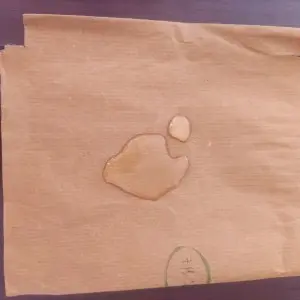
ਬਾਗਾਂ ਵਿੱਚ ਕੀੜੇ-ਮਕੌੜਿਆਂ ਅਤੇ ਕੀਟਨਾਸ਼ਕਾਂ ਦੀ ਰਹਿੰਦ-ਖੂੰਹਦ ਦੀ ਰੋਕਥਾਮ ਲਈ ਫਰੂਟ ਪੇਪਰ ਬੈਗ
The Role of Pollen in Enhancing Pollination Efficiency for Fruit Crops
Pollen plays a pivotal role in the pollination process, directly influencing the yield and quality of fruit crops. Effective pollination is essential for fruit production, as it ensures that flowers are fertilized, allowing them to develop into healthy fruits. In fruit crops such as peaches, apples, and cherries, the transfer of pollen between male and female flower parts is necessary for fertilization. However, in some cases, relying solely on natural pollinators may not be sufficient, especially when pollinator populations are low or when weather conditions hinder pollination. This is where supplemental pollen comes into play.
By introducing high-quality, collected pollen into an orchard, growers can enhance pollination efficiency, particularly when natural pollination is insufficient. Supplemental pollen helps bridge gaps, ensuring that flowers receive adequate pollen for fertilization. This practice is especially beneficial in orchards with low pollinator activity, such as during off-peak pollination seasons or in regions where pollinator populations are in decline.
Moreover, using specific types of pollen, tailored to the needs of different fruit varieties, can improve the overall pollination process. Pollen from compatible fruit varieties can encourage better cross-pollination, which results in higher fruit set and better-quality produce. Additionally, by improving the efficiency of pollination, growers can achieve more consistent yields and reduce the risk of poor fruit development due to insufficient fertilization.
The Science Behind Pollen Viability and Its Impact on Pollination Success
Pollen viability is a critical factor that directly influences the success of pollination and, ultimately, crop yield. The term "pollen viability" refers to the ability of pollen to fertilize an ovule and produce a viable seed, a process central to the reproductive cycle of flowering plants. Understanding the science behind pollen viability is key to improving pollination efficiency, especially in agricultural settings where successful fertilization is vital for crop production.
Several factors determine pollen viability, including the genetic health of the plant, environmental conditions, and how the pollen is handled and stored. Under ideal conditions, freshly released pollen from flowers is highly viable, meaning it has the ability to successfully fertilize an ovule. However, factors like temperature, humidity, and light can all reduce pollen's viability over time. For instance, exposure to excessive heat or moisture can cause pollen grains to deteriorate, making them less effective for pollination.
The age of the pollen also plays a significant role. Pollen collected too early may not have fully developed its reproductive potential, while pollen stored for too long may lose its viability due to drying or contamination. Proper storage of pollen—typically in cool, dry, and dark conditions—helps maintain its viability for longer periods, allowing growers to use it during off-seasons or in regions with limited natural pollinators.
